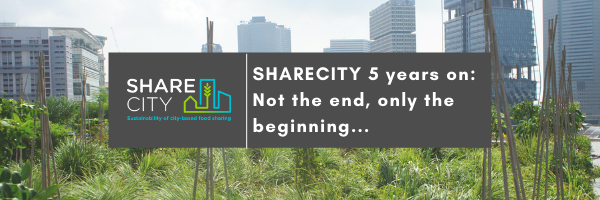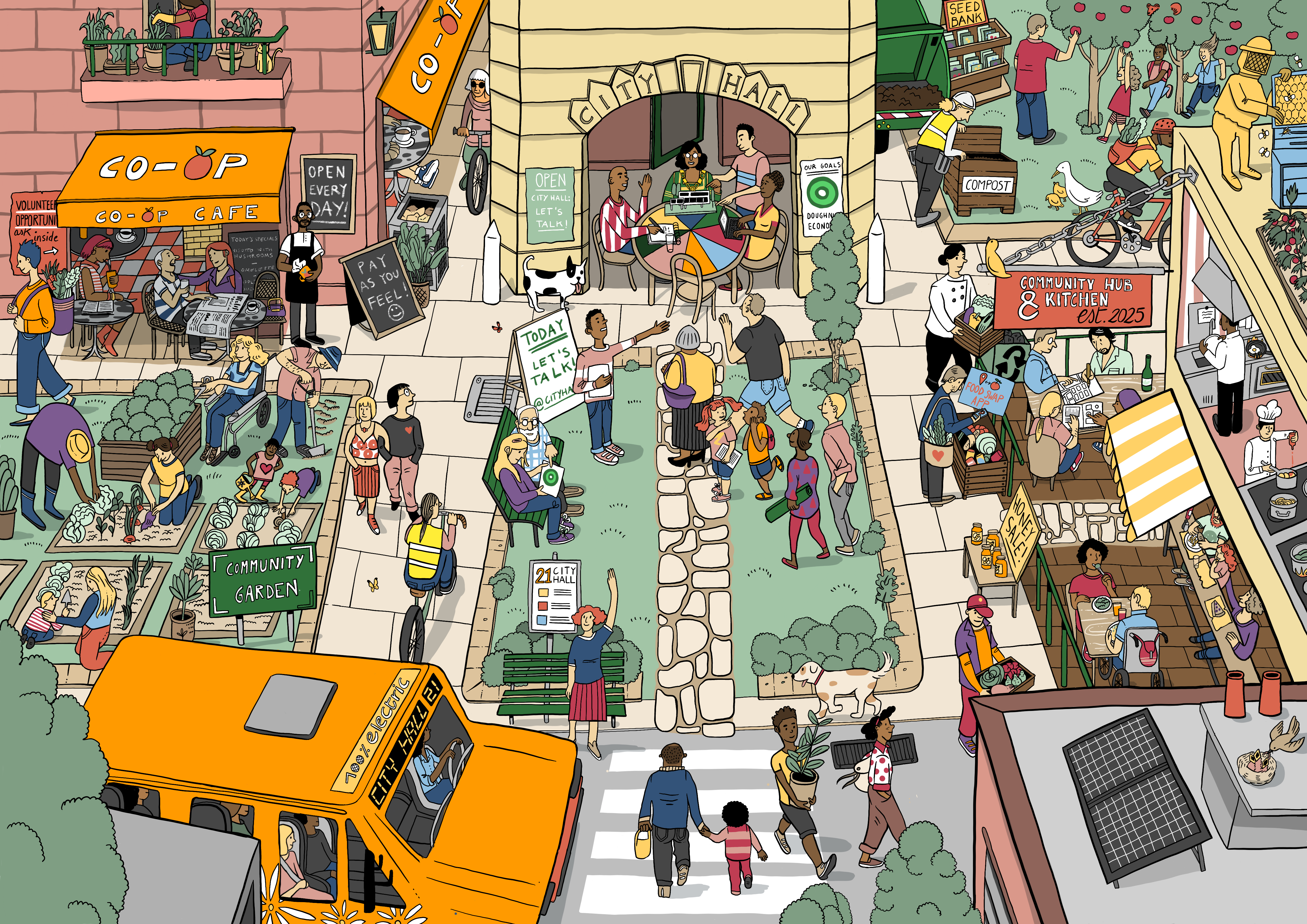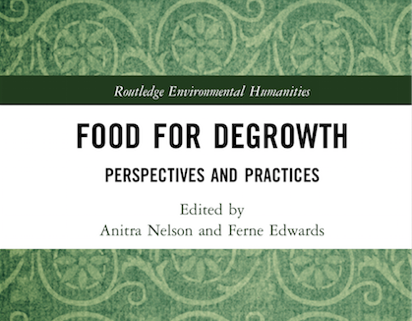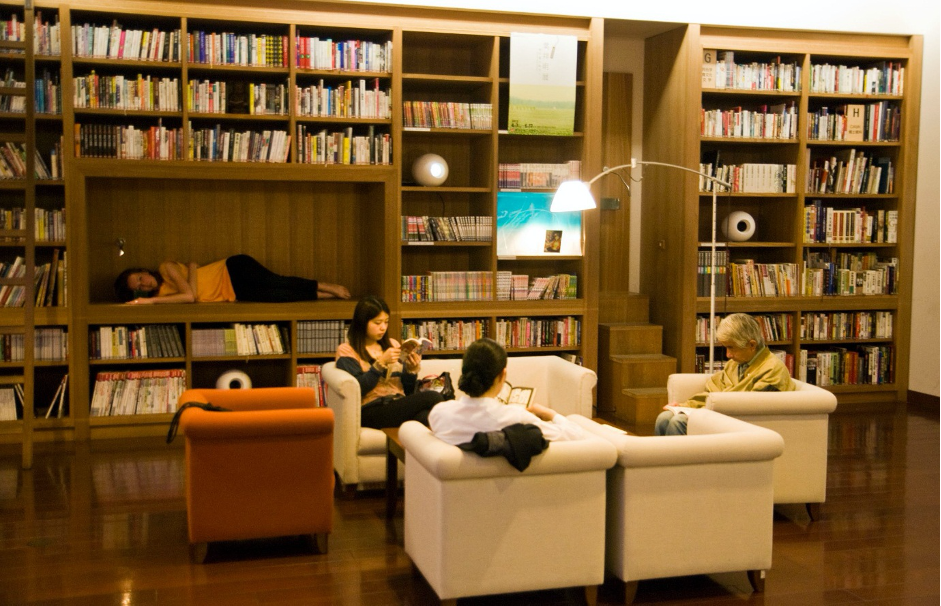SHARING LAB 2: What is Digital Ethnography? Researching on and off-line communities
Published by Brigida Marovelli on the 19th July 2016.
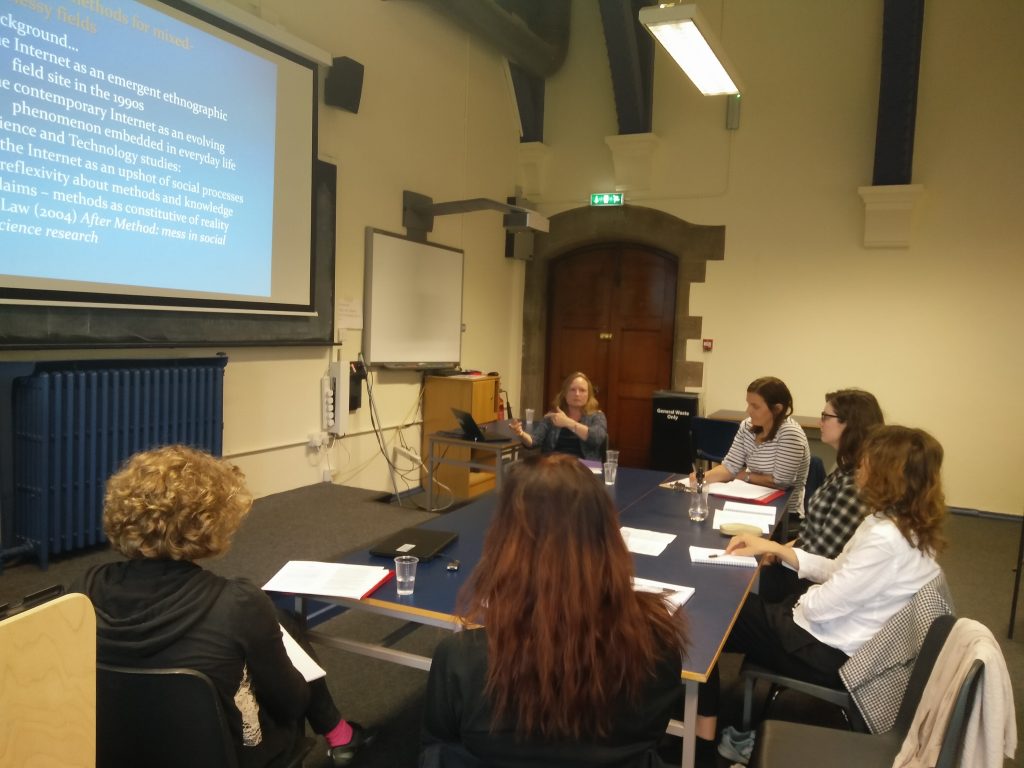
SHARECITY SHARING LAB 2
What is Digital Ethnography? Researching on and off-line communities
The SHARECITY Team recently had the opportunity to participate in a second Sharing Lab on the topics of multi-sited ethnography, online research methodologies and digitally mediated environments. On this occasion we had the pleasure of hosting Dr. Christine Hine, reader in the Department of Sociology at Surrey University where she also serves as Chair of the University Ethics Committee. Through her research Christine has made a rich contribution to the field of ethnography in the digital age, addressing questions very relevant to our research project such as how new communication technologies can shape ethnographic research and redefine categories of culture and society.
During this Sharing Lab Christine walked the SHARECITY team through different phases of her auto-ethnographic research. Hine’s research explored both online and offline communities in the Freecycle network, shedding light on what can be observed through computer mediated social interactions. The Freecycle Network is grassroots movement of people donating and receiving unwanted items, and it served as an excellent example of the online-offline ethnographic field and the role of digital technologies in shaping cultures of sharing and reuse.
Christine highlighted the theoretical worth of online-only studies, whilst also arguing that we need more complex online-offline studies in order to understand how social realities are made. In her own research Christine has availed of many different methods to study rapidly changing, multifaceted settings such as Freecycle. She has combined auto-ethnography with participant observation, email interviews, face to face interviews, and analysis of social media channels. The importance of research design was emphasised by Hine in her statement; “How methods make knowledge”.
Christine not only addressed the methodological challenges of digitally mediated and multi-sited ethnography, but also engaged in a very insightful discussion about how methods are constitutive of reality, highlighting the necessity of reflexivity on the ethnographer’s own positioning and consequently about the knowledge acquired via online interactions.
Through a number of examples presented by Christine within the framework of her research related to Freecycle communities, the SHARECITY team had the chance to reflect on the ethical concerns arising around private and public information found on Internet, such as how to gain access, how to obtain informed consent for online material, and how to conceal or protect informants’ identities.
Christine’s Sharing Lab provided a useful occasion for SHARECITY’s researchers to start thinking about themes which might emerge during their in-depth fieldwork, such as affect, trust, social differentiation and positionality. Other aspects of online research to consider for the project includes how to access “the quiet silent ones” who may be present yet choose to remain hidden. We also need to consider how, as researchers, we choose to make ourselves present in the online field. Another aspect to consider raised by Hine was to think about what occurs behind the scenes in order to make it all work, to ask: “What participants think happens on the online space and what is left out?” Hine’s contribution also highlighted the importance of ‘affective work’ in ethnography, and the necessity of being involved, exposed, and willing to step onto uncertain ground. It is this terrain that the ethnographer’s involvement with a community by ‘being there’ comes to matter materially, emotionally, and methodologically.
Suggested further reading:
Garcia, A. C., Standlee, A. I., Bechkoff, J., & Yan Cui. (2009). Ethnographic Approaches to the Internet and Computer-Mediated Communication. Journal of Contemporary Ethnography, 38(1), 52–84.
Hine C. (2008) ‘How can qualitative internet researchers define the boundaries of their projects?’. in Markham AN, Bayn NK (eds.) Internet inquiry: conversations about method Sage
Hine C. (2015) Ethnography for the Internet: Embedded, Embodied and Everyday. London : Bloomsbury
Hine C. (2015) ‘Mixed Methods and Multimodal Research and Internet Technologies’. in Hesse-Biber SN, Johnson RB (eds.) The Oxford Handbook of Multimethod and Mixed Methods Research Inquiry New York : Oxford University Press Article number 28 , pp. 503-521
Law, J. (2004). After method: Mess in social science research. Routledge.
Morrow, O., Hawkins, R., & Kern, L. (2015). Feminist research in online spaces. Gender, Place & Culture, 22(4), 526-543.
Pink, S.,Horst, H.,Postill, J.,Lewis, T.,Tacchi, J. (2016). Digital ethnography: Principles and practices. Sage Publications Limited, Los Angeles, United States.
Postill, J. and S. Pink (2012). Social media ethnography: the digital researcher in a messy web. Media International Australia 145 , 123-134.
Star, S. L., & Strauss, A. (1999). Layers of Silence, Arenas of Voice: The Ecology of Visible and Invisible Work. Computer Supported Cooperative Work (CSCW), 8(1), 9–30.
Steinmetz, K. F. (2012). Message Received: Virtual Ethnography in Online Message Boards. International Journal of Qualitative Methods, 11(1), 26–40.
© 2015 - 2024 ShareCity | Web Design Agency Webbiz.ie

